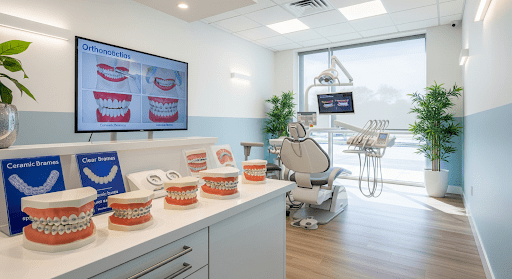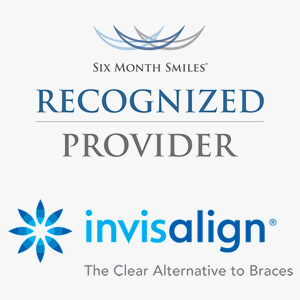Properly aligned teeth are essential for more than appearance. Teeth that are crowded, spaced unevenly, or misaligned can affect chewing, speech, oral hygiene, and long-term dental health. Misalignment may lead to uneven wear, gum irritation, and strain on the jaw joints.
Orthodontic treatment addresses these concerns across all ages. Children can benefit from early interventions that guide jaw development, teenagers can correct alignment during growth, and adults have options to improve both function and alignment later in life.
This article examines modern orthodontic options, their purpose, and the benefits of treatment for different age groups.
Why Orthodontics Matters at Every Age
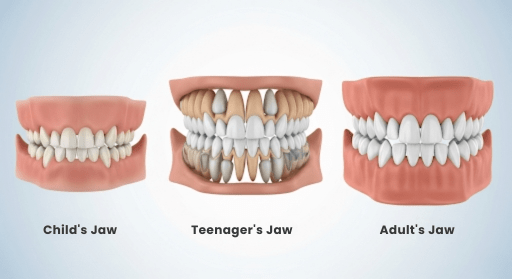
Orthodontic care is not only about straight teeth. Correct alignment supports several aspects of oral health:
- Oral hygiene: Crowded or overlapping teeth can make brushing and flossing difficult, increasing the risk of cavities and gum problems.
- Jaw function: Misalignment can place stress on the jaw joints, potentially causing discomfort or TMJ issues.
- Speech and chewing: Proper alignment allows teeth to function efficiently and supports clear pronunciation.
- Long-term dental health: Evenly spaced teeth reduce wear and help maintain healthy gums and jawbone.
Adults may seek orthodontic treatment to correct issues that have developed over time or to improve oral comfort and function.
Modern Orthodontic Options
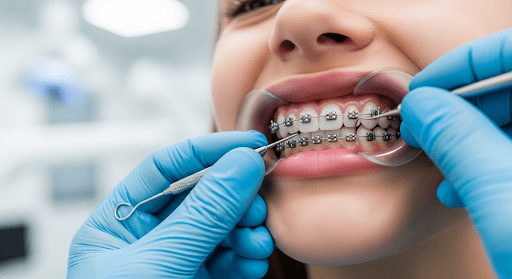
Traditional Braces
Traditional Braces use brackets and wires to apply controlled pressure that gradually moves teeth into alignment.
- Suitable for: Children and teenagers with significant crowding, spacing, or bite irregularities.
- Advantages: Effective for a wide range of alignment and bite problems.
- Considerations: Braces are visible and may cause mild discomfort, though modern materials and designs have improved both comfort and efficiency.
Clear Aligners
Clear aligners are removable trays that gradually shift teeth.
- Suitable for: Teenagers and adults with mild-to-moderate misalignment.
- Advantages: Less visible, removable for eating and cleaning, generally comfortable.
- Considerations: Consistent use is required, and they may not be appropriate for complex alignment cases.
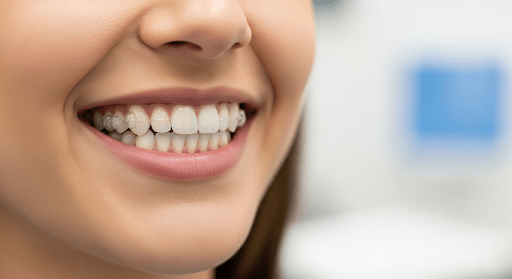
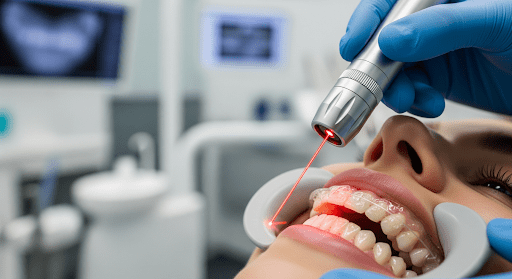
Accelerated Orthodontics
Some techniques support faster tooth movement through enhanced biological response. Methods such as micro-osteoperforation, AcceleDent, or laser-assisted treatments help the bone remodel more efficiently.
- Advantages: Shorter treatment time, improved predictability.
- Suitable for: Teens and adults seeking efficient results without compromising safety.
Early Orthodontic Intervention
Early treatment for children can guide jaw growth and prevent more serious alignment issues later.
- Approaches: Palatal expanders, phase-one braces, or functional appliances.
- Benefits: Reduce the need for complex treatments later, address bite issues early, and support proper dental development.
How Orthodontics Works
Orthodontic treatment relies on controlled, gradual pressure to move teeth safely. This pressure stimulates bone remodeling, allowing teeth to shift while maintaining support from surrounding structures.
- Digital imaging and 3D planning: Advanced scans allow precise mapping of teeth and jaw structure, helping orthodontists design individualized treatment plans.
- Customization: Every patient receives a treatment approach tailored to their dental anatomy, optimizing comfort and effectiveness.
- Predictable results: Careful planning and monitoring reduce complications and improve treatment outcomes.
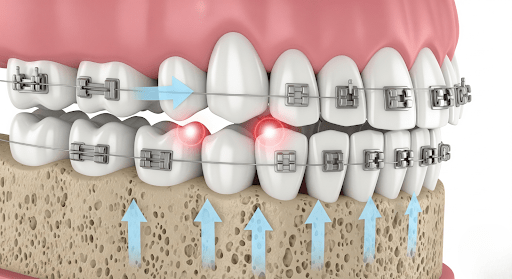
Orthodontics for Adults
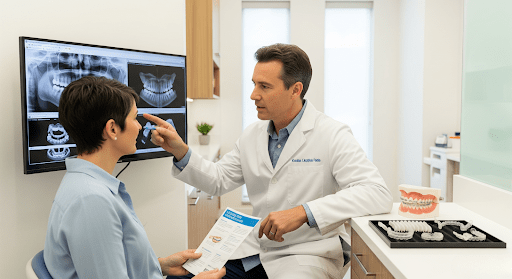
Adults increasingly seek orthodontic care. Teeth may shift over time, or bite issues may develop as the jaw and teeth change with age.
- Benefits: Correcting bite and alignment can reduce uneven wear, improve oral function, and alleviate jaw strain.
- Treatment options: Clear aligners, ceramic braces, and accelerated techniques allow flexible and discreet solutions.
- Considerations: Adults may require evaluation of bone health or previous dental work, but most can achieve significant improvement with proper planning.
Daily Life During Treatment
Orthodontic care is designed to integrate with normal activities.
- Oral hygiene: Brushing and flossing remain essential. Clear aligners can be removed to make cleaning easier.
- Diet: Hard, sticky, or chewy foods should be avoided with braces. Aligners allow more flexibility.
- Comfort: Mild soreness is common after adjustments but typically resolves within a few days.
With regular monitoring, patients can maintain daily routines while progressing through treatment effectively.
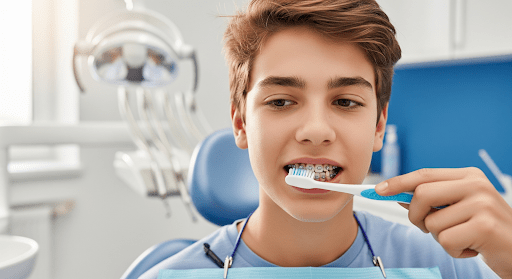
Long-Term Benefits
Orthodontic treatment provides benefits beyond appearance:
- Improved oral health: Aligned teeth are easier to clean, reducing cavities and gum problems.
- Better function: Correct alignment supports efficient chewing and evenly distributes forces across teeth.
- Reduced wear: Properly aligned teeth reduce the risk of premature wear or fractures.
- Jaw comfort: Balanced alignment reduces strain on jaw joints and helps prevent TMJ discomfort.
Frequently Asked Questions
Does orthodontic treatment cause pain?
Mild soreness is common when teeth are moving, particularly after adjustments, but it usually subsides within a few days.
How long does treatment take?
Treatment duration varies depending on complexity. Most cases take between several months and two years.
Are clear aligners as effective as braces?
Clear aligners are effective for mild to moderate misalignment. More complex cases may require traditional braces.
Can adults undergo orthodontic treatment?
Yes. Adults of any age can benefit from orthodontic care, provided their teeth and gums are healthy.
Will teeth move back after treatment?
Wearing a retainer as advised helps maintain alignment after treatment. Proper follow-up ensures long-term stability.
Looking Ahead: Orthodontics for Every Age
Orthodontic treatment can enhance dental health and function at every stage of life:
- Children: Early orthodontic care can guide jaw growth and prevent future alignment problems.
- Teenagers: Treatment during growth periods can correct bite and teeth alignment efficiently.
- Adults: Misalignment or bite concerns that develop over time can be addressed safely and effectively.
The primary goal of orthodontics is to ensure teeth fit together properly, improving chewing, speaking, and oral hygiene. Modern treatments including braces, clear aligners, and accelerated techniques are tailored to each patient’s individual needs and lifestyle.
With careful planning and regular monitoring, teeth move safely into their correct position and remain aligned long-term. If you’re looking for professional orthodontic care in Houston, schedule a consultation with our orthodontist today to find the treatment option that’s right for you.

